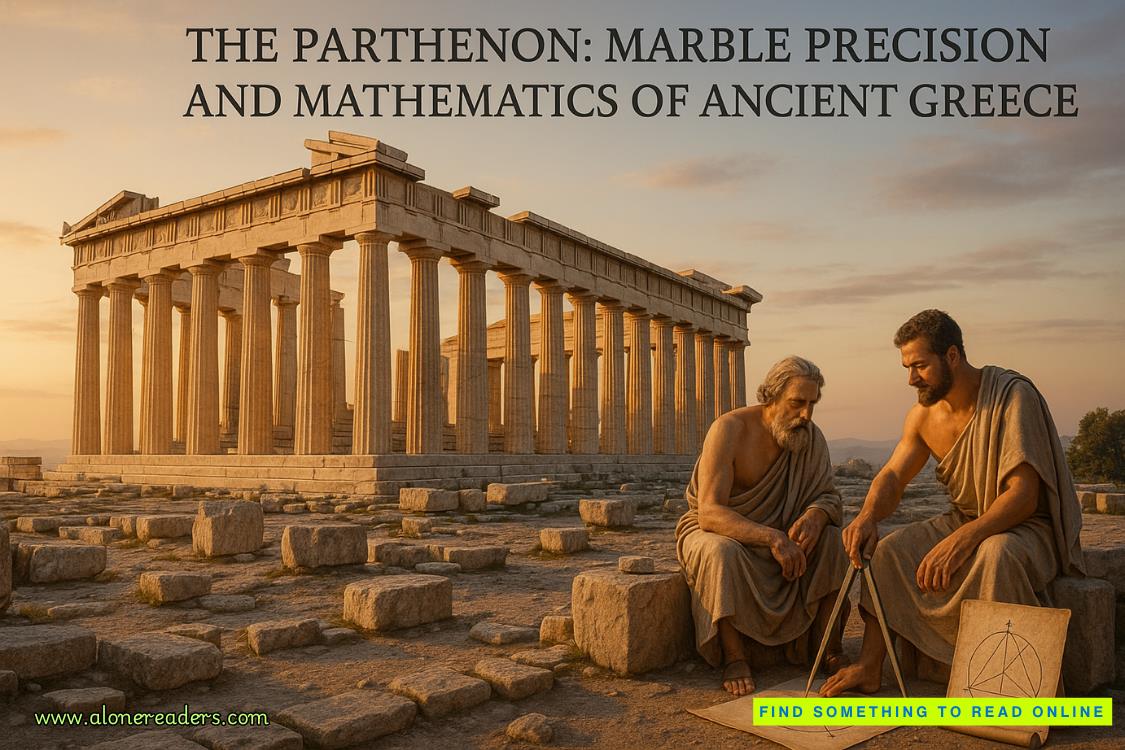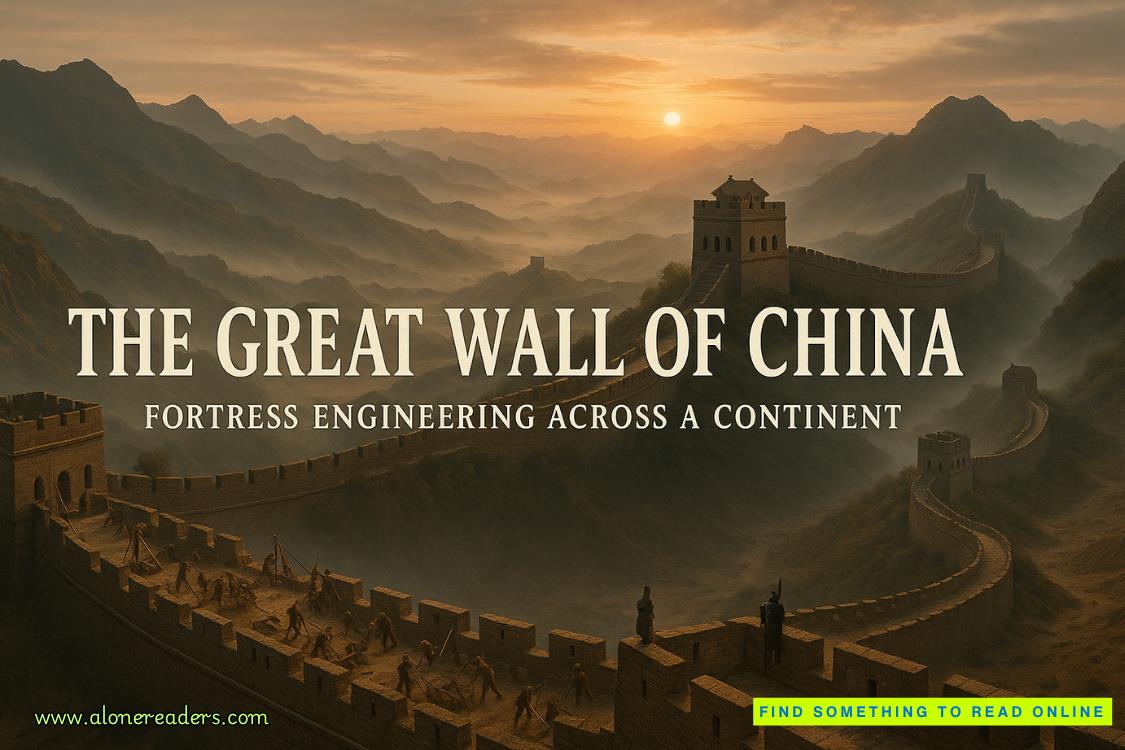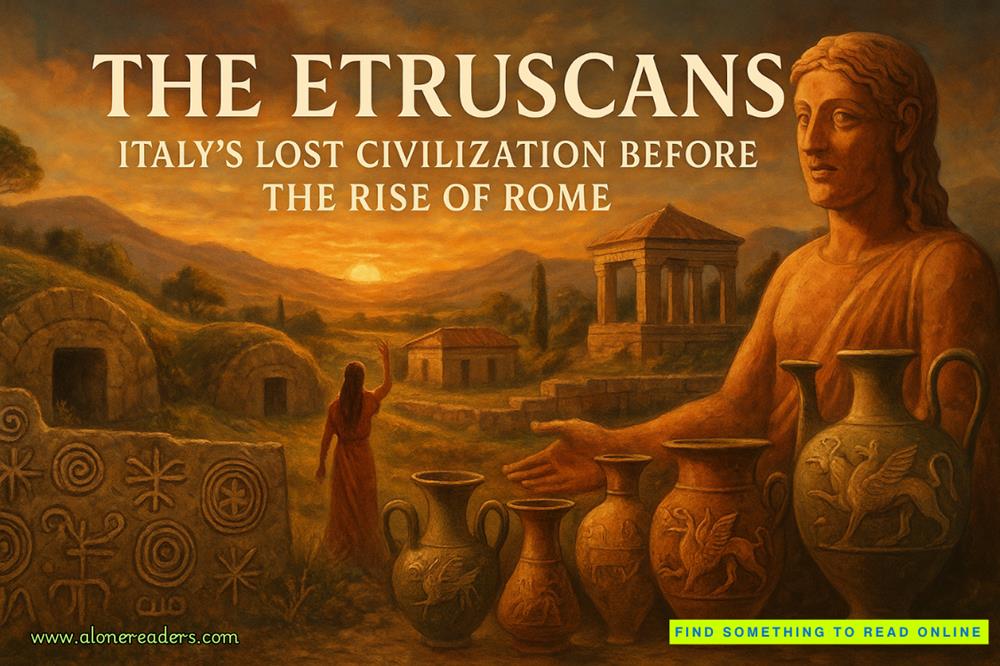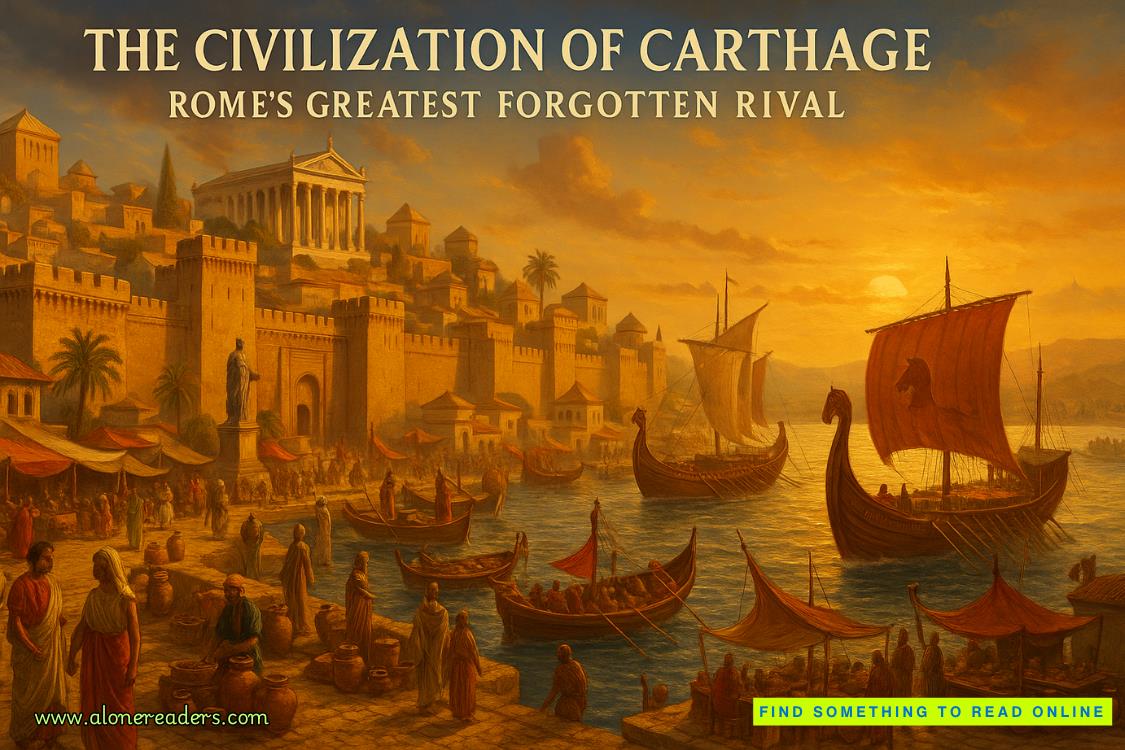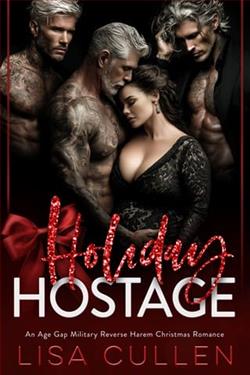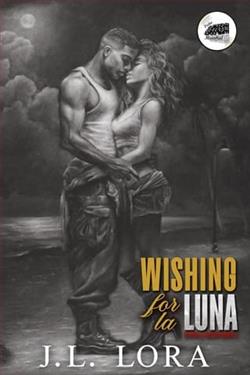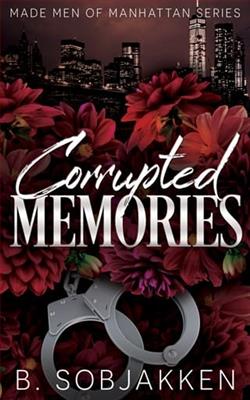Page 28 of The House of Cross
“They also both had impressive careers early,” I went on. “Pak was editor of theLaw Reviewat Boalt Hall. Franklin ran it at Harvard.”
“And both clerked for Supreme Court justices and at the same time,” Mahoney said, rubbing his chin.
“Decades ago.”
“Still.”
“Any controversial cases Pak was working on?”
“There were a dozen big cases brought before the Ninth in the past year, but I’m not enough of a legal mind to know which ones we need to be looking at.”
We landed around eight a.m. local time and were met by San Francisco FBI supervising special agent Claudia Hinkley, a tall redhead who’d played volleyball for USC. As we drove to the scene, she brought us up to date.
“A food delivery driver spotted Pak’s body on the sidewalk in front of the symphony hall around ten minutes to ten last night,” she said. “Took an hour for San Francisco’s homicide unit to respond and identify him.”
“You’re kidding me,” I said.
“They didn’t know who he was until they got there,” Hinkley said. “But SF homicide? Not exactly a stellar bunch.”
Mahoney nodded. “Less than fifty percent homicide solve rate.”
“Kind of a disgrace,” Hinkley agreed. “But at least the two detectives called to the scene were savvy enough to contact us when they realized it was Pak.”
“Cause? Time of death?” I asked.
“The ME says stab wounds to both kidneys around nine forty.”
“And no one saw him get stabbed? The streets should have been crowded.”
“The concert hall was closed. It was pouring rain. Cold. He got unlucky.”
“We know why he was out walking in the rain?”
“Rather than calling for a ride? I don’t know. He lived in Hayes Valley, which is four or five blocks from here.”
“CCTV?”
“Thankfully, yes. We’ve got Bell and Ponce, the local homicide team, gathering it for us, trying to backtrack Pak between the courthouse and here.”
We arrived at the scene at a little past nine in the morning. The wind was raw coming off the ocean. The sky overhead was gray and spitting chill rain as we showed our identification and crossed through police lines.
Judge Pak’s body had been removed already, a pity because I found it helpful to see the victim in situ. But Hinkley had access to crime scene photographs taken overnight. She sent us copies.
I studied them on my phone. The judge had fallen on a San Francisco 49ers umbrella. He was on his right side, head facingsouth, right arm extended back and fingers slashed, as if he’d tried to grab the knife that killed him.
“The stabber came up behind him,” I said, backing up a little. “Probably right here?”
Hinkley pointed at a security camera mounted on the far corner of the symphony hall. “That should give us something.”
CHAPTER 20
WE COULDN’T FIND ANYONEwho could help us with the security footage right away, so Mahoney and I studied a map on his iPad, trying to figure out Judge Pak’s likely route from the federal courthouse.
We decided that because of the rain, Pak had probably taken the most direct route, which meant walking toward Market Street to Grove. While Hinkley managed a team of FBI agents who’d just arrived on the scene, we walked back along the south side of Grove, opposite the opera house.
While the homeless problem in the Washington, DC, area was growing, it was eclipsed by the situation in San Francisco. We dodged human feces, tents, and discarded hypodermic needles as we neared Van Ness.
Mahoney’s conservative suit and demeanor screamed law enforcement, and most of the homeless people gave us a wideberth. But then a young filthy couple with blankets around their shoulders stepped in our way.


